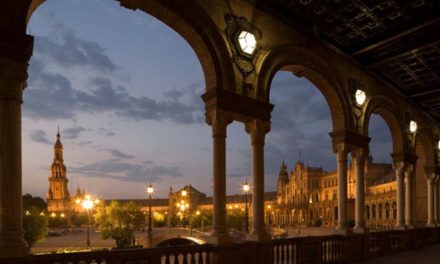
Of course whenever someone comes to Chicago, one of the top attractions suggested is an architectural boat tour on the river. From the easy vantage point of a seat on a large vessel, one can indulge in a grand view of a variety of Chicago architecture. For this blog post, I’d like to expand upon a few ideas that your docent or tour guide may likely cover.
First of all, the tour will likely focus on architectural styles of the buildings you pass, and perhaps give tips on how to identify these different styles. From the postmodern design of the Leo Burnet Building of 1989, or the art deco of the massive Merchandise Mart, you will see a range of styles from across Chicago’s history. Remember that these styles reflect not just a visual variance, but also entirely different approaches to building technologies within starkly different economic climates, as well as varying psychological effects on the users within them.

It may sound like a dense concept, this idea of psychology, but let me share a pretty simple example. Back in the day the building was blocky and stark, and today we yearn to be more connected with everything around us, including the environment outside our workspaces. Thus contemporary buildings use more glass for more light and grander views, especially by the river of course! Wouldn’t that be your dream office in downtown Chicago?
Secondly, while it may seem like you are just passing by a disconnected series of buildings, all of these structures have a distinct place in Chicago’s history. Many of them represent the major industries that shaped the city. Let’s start with the newspaper. The art deco Daily News Building of 1929 was described by one writer as “sphinx-like” with its stately poise. Daily News is just one of many, many newspapers no longer around. Another fixture of Chicago media would be the NBC Tower of 1989, which harkens back to the media heyday of the 1920s with its stony, Art Deco-inspired choice of material for the exterior.

Chicago’s vast merchandising history is evident with the Merchandise Mart and the Montgomery Ward and Company Warehouse. Directly connected to that merchandising history would also be the advertising industry, of which Leo Burnett has had world-wide influence. This reflective postmodern skyscraper looks to the past, with a pediment-shaped top and a tripartite design, but like the advertising industry, seeks to present an entirely new perspective along with a little playful creativity.
The city’s strength as a place for business in general is symbolized along the river with the presence of the University of Chicago’s Gleacher Center. Other buildings built by insurance and banking companies that you will see from the boat are the boxy, bronze Equitable building and the bubble-curved, reflective Citicorp Center.
Lastly, a key component of life in the city and its history would have to be city living. For some, this would be temporary – in a hotel like the Sheraton, which takes its postmodern form inspired by Carson Pririe Scott Department Store of Louis Sullivan, or the more stark Hyatt Regency Hotel. For others city living is a more fixed existence in an actual apartment or condo building.

Architect Bertrand Goldberg brought people to live downtown with the 1960s Marina City, aka “corn cob buildings.” The circular form is to give shape to the more organic nature of residential living, as opposed to the harsh grid you see in the IBM building next door. Goldberg’s River City of 1986 also sought to bring 24-hours-a-day of life into downtown Chicago. And isn’t it much more livable with cultural buildings like the Civic Opera House, too, of course also viewable on your architectural boat tour on the river?
The views and opinions expressed herein are those of the individual authors and commenters and do not reflect the views of Choose Chicago.



